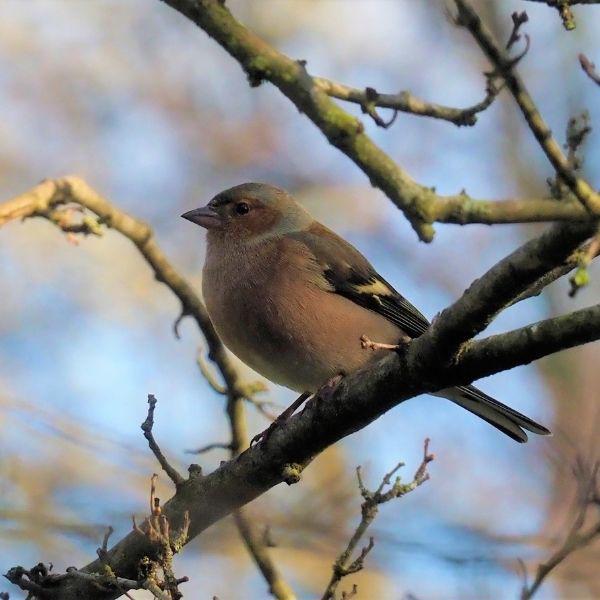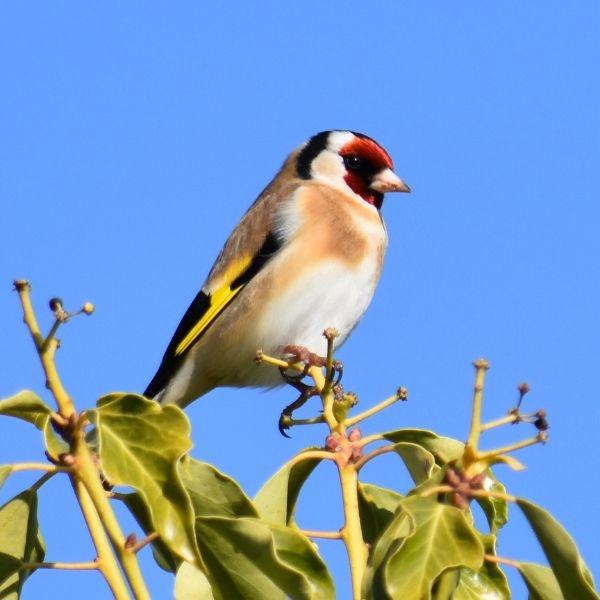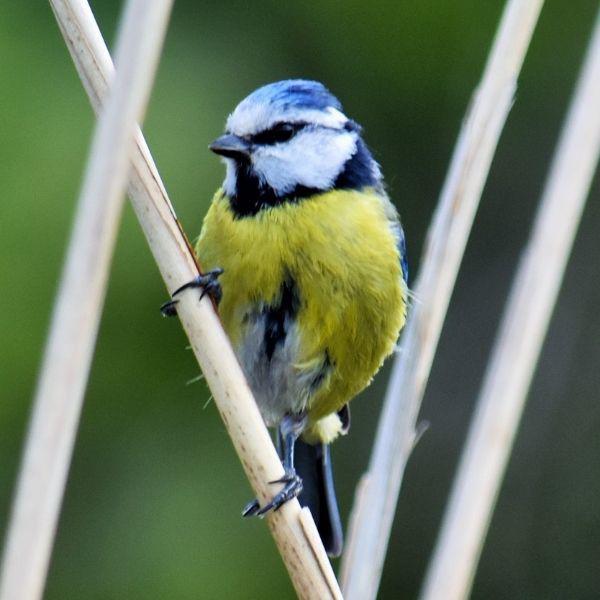Dr Mike Wheeler is the Head of Biological Sciences and Principal Lecturer in Biology at the University of Worcester. In this academic blog, he explores how spending time in nature has a positive effect on our mental health and wellbeing.

We all know that mental health is a large and seemingly growing problem these days. Certainly, the pandemic has only made this worse though for some people it represented a chance to rethink their lives and get out into their local environment and begin a renewed appreciation of nature. From my own point of view engaging with nature and especially birdlife, has had a positive impact on my mental health over many years. I can be found most days walking around campus with a pair of binoculars looking (and just as importantly) listening to the birdlife. It’s this time of year when the environment starts coming alive with birdsong from many songbirds. Robins, Blackbirds, Chaffinches, Greenfinches and Blackcaps can all be heard singing around the University campus and it’s a pleasure to hear them knowing that spring and better weather is around the corner. Like many others in our society, I too struggle with my mental health and engaging with birds has helped me through troubling times. It allows me to focus on something that is aside from everyday problems, lets me find peace and prompts me to learn something new every day. Watching and listening to our birdlife is rewarding in the amount of knowledge that it brings as well as the ability to switch off everyday stresses and strains.

Because engaging with wildlife has helped me so much, I am currently involved in a project that aims to help others who might benefit. For the past year, I have been feeding birds in a conservation area behind the science facilities. We’ve had large flocks of birds feeding around here in the winter including lots of Chaffinches, Goldfinches, Blue Tits and even the odd Nuthatch, Great Spotted Woodpecker and Brambling. This gave me the idea that we could use this area to help others engage so we are putting up a noticeboard with pictures of the birds commonly seen around the site, some information about the birds and, importantly, QR codes to link to RSPB web pages which will allow users to find out what the birds sound like. Hopefully, then people can begin to put the image of the bird and its sound together. Doing this gives a more holistic appreciation of what’s around you in nature. The noticeboard will be placed on the grass overlooking the bird feeding area. Students will be able to find it when they walk past the main entrance to the Elgar Building in St Johns, in the opposite direction to the cafeteria and the student union. That area is set aside for conservation and, though it doesn’t look it yet, later in the summer will be filled with wildflowers and insects, including lots of butterflies and dragonflies. There is also a handy bench to sit on while you listen to the birdsong and take in the local wildlife.

The project has been put together in association with the local RSPB group who have helped in the design, though much of the hard work has been done by a member of the University’s Green Impact team, George Sherrard. I’m using this as a focal point to get more people involved in appreciating our birdlife by also taking students who are struggling with mental health issues on early morning bird walks around the campus. Students can sign up for the walks by contacting George Sherrard (g.sherrard@worc.ac.uk) or Mike Wheeler (m.wheeler@worc.ac.uk). The walks will go around St Johns Campus roughly following the ‘Worcester Mile’. I will help you with the walks and can provide binoculars for those who don’t have them. If I get enough interest I will also arrange a dawn chorus walk in the Wyre Forest in early May for those who don’t mind getting out of bed really early!
Photo Credit: Images have been provided by Kevin Brooke
Instagram: @storyteller_k_photos
Find out more about the School of Science and the Environment: